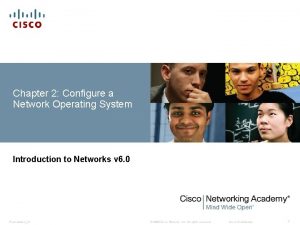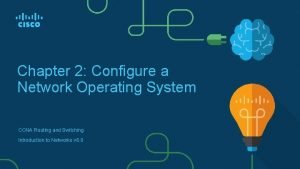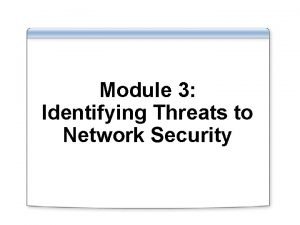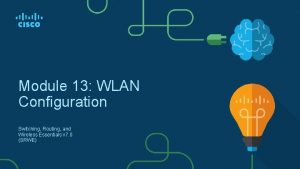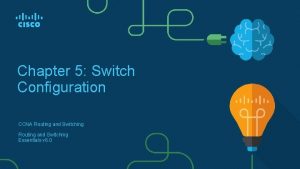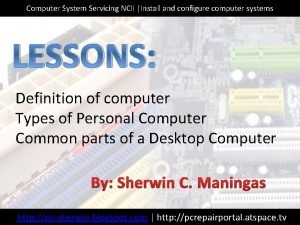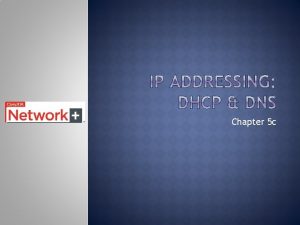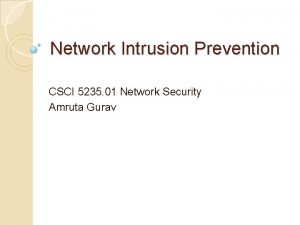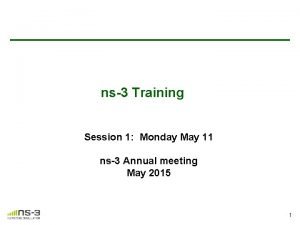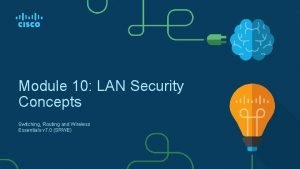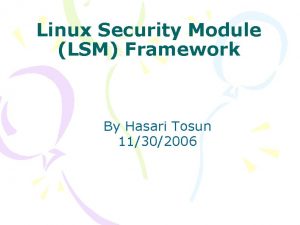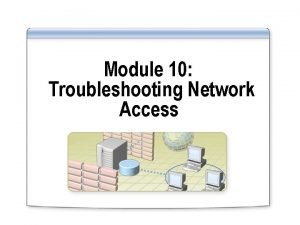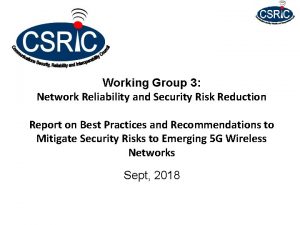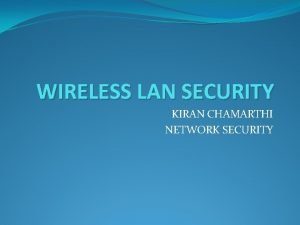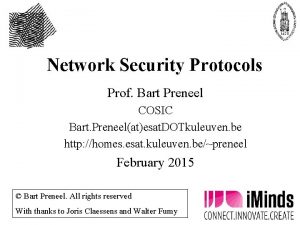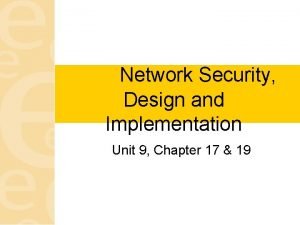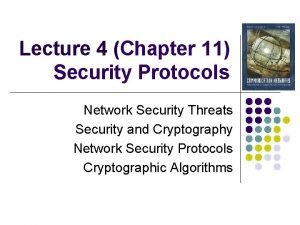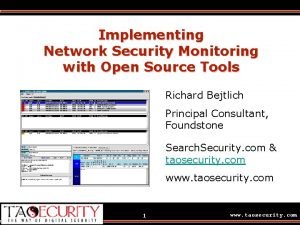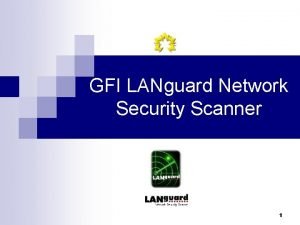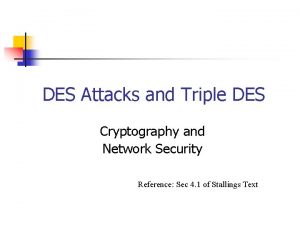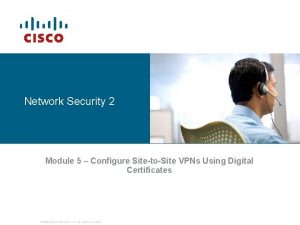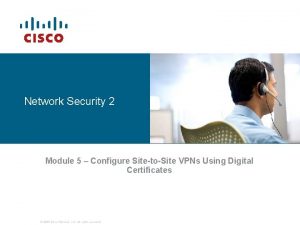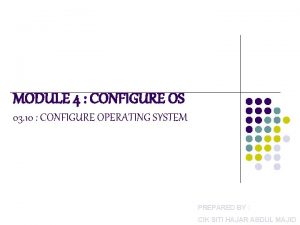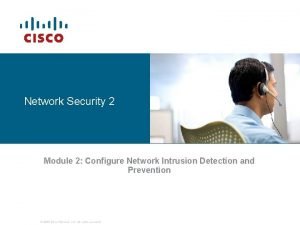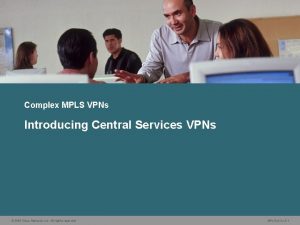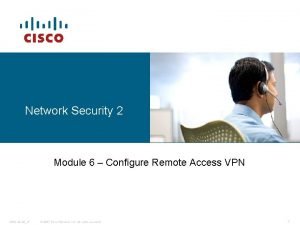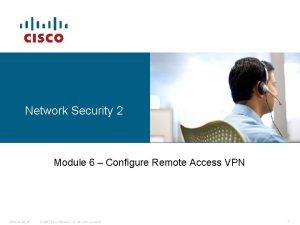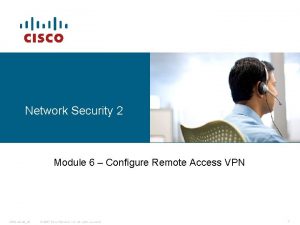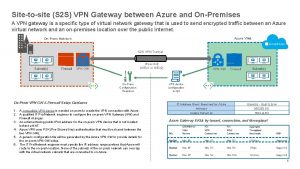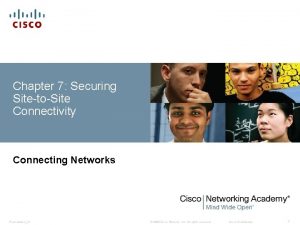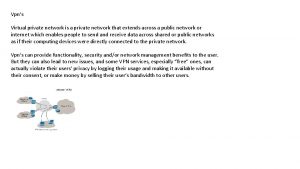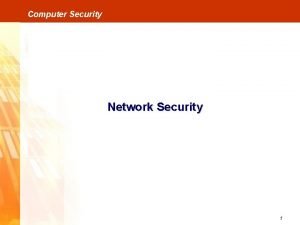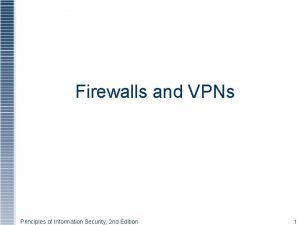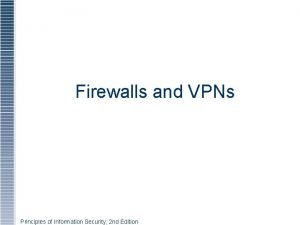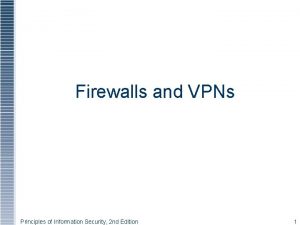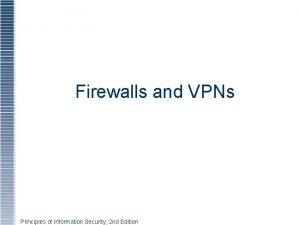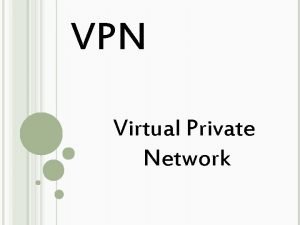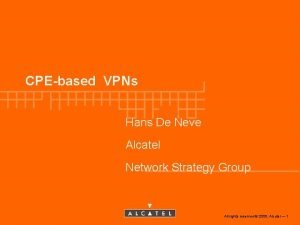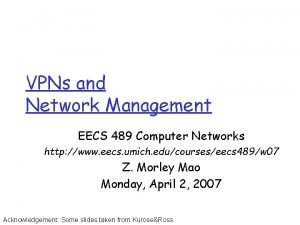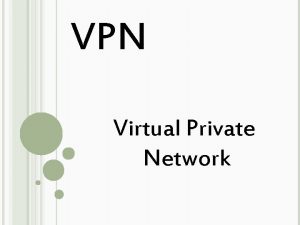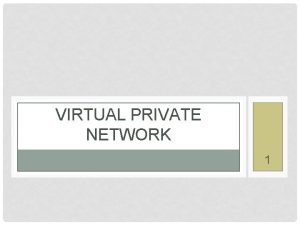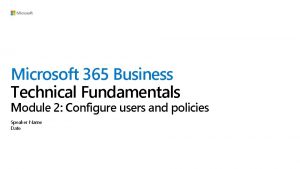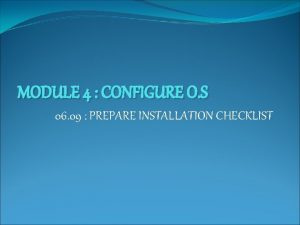Network Security 2 Module 5 Configure SitetoSite VPNs










































- Slides: 42

Network Security 2 Module 5 – Configure Site-to-Site VPNs Using Digital Certificates © 2006 Cisco Systems, Inc. All rights reserved.

Module 5 – Configure Site-to-Site VPNs Using Digital Certificates Lesson 5. 1 Configure CA Support on a Cisco Router © 2006 Cisco Systems, Inc. All rights reserved.

© 2006 Cisco Systems, Inc. All rights reserved.

© 2006 Cisco Systems, Inc. All rights reserved.

© 2006 Cisco Systems, Inc. All rights reserved.

© 2006 Cisco Systems, Inc. All rights reserved.

© 2006 Cisco Systems, Inc. All rights reserved.

© 2006 Cisco Systems, Inc. All rights reserved.

© 2006 Cisco Systems, Inc. All rights reserved.

© 2006 Cisco Systems, Inc. All rights reserved.

© 2006 Cisco Systems, Inc. All rights reserved.

© 2006 Cisco Systems, Inc. All rights reserved.

© 2006 Cisco Systems, Inc. All rights reserved.

© 2006 Cisco Systems, Inc. All rights reserved.

© 2006 Cisco Systems, Inc. All rights reserved.

© 2006 Cisco Systems, Inc. All rights reserved.

(Optional) Manage NVRAM Memory Usage Types of certificates stored on a router: The identity certificate of the router The root certificate of the CA Root certificates obtained from CA servers Two RA certificates, these are CA vendor-specific The number of CRLs stored on a router: One, if the CA does not support an RA Multiple, if the CA supports an RA Turn on query mode by using crypto ca certificate query © 2006 Cisco Systems, Inc. All rights reserved.

The clock must be accurately set before generating RSA key pairs and enrolling with the CA server because certificates are time-sensitive © 2006 Cisco Systems, Inc. All rights reserved.

Router assigns a fully qualified domain name to the keys and certificates, FQDN is based on the host name and IP domain name assigned. © 2006 Cisco Systems, Inc. All rights reserved.

© 2006 Cisco Systems, Inc. All rights reserved.

RSA key pairs are used to sign and encrypt IKE key management messages and are required before obtaining a certificate for the router. © 2006 Cisco Systems, Inc. All rights reserved.

Generating RSA Keys § Two mutually exclusive types of RSA key pairs § Special-usage Keys Two pairs of RSA keys are created. One for RSA signatures, and the other for RSA encrypted nonces as the authentication method. § Each key is not unnecessarily exposed § General-purpose Keys One pair of RSA keys is created. Used with IKE policies specifying either RSA signatures or RSA encrypted nonces. § A longer modulus could offer stronger security, but takes longer to generate and also takes longer to use. § Cisco recommends using a minimum modulus of 1024. © 2006 Cisco Systems, Inc. All rights reserved.

© 2006 Cisco Systems, Inc. All rights reserved.

Command will allow the router to re-enroll to the CA server automatically when its certificates expire © 2006 Cisco Systems, Inc. All rights reserved.

© 2006 Cisco Systems, Inc. All rights reserved.

© 2006 Cisco Systems, Inc. All rights reserved.

Authenticate CA § The router needs to authenticate the CA to verify that it is valid. § Done by obtaining the self-signed certificate of the CA Contains the public key of the CA. § Because the CA certificate is self-signed the public key of the CA should be manually authenticated. Done by contacting the CA administrator to verify the fingerprint of the CA certificate. § To get the public key of the CA, use the crypto pki authenticatename command § Use the same name that was used when declaring the CA with the crypto pki trustpoint command. © 2006 Cisco Systems, Inc. All rights reserved.

© 2006 Cisco Systems, Inc. All rights reserved.

Request a certificate for the router § A signed certificate must be obtained from the CA for each RSA key pair on the router. crypto pki enroll name § During the enrollment process, a challenge password is created. Can be used by the CA administrator to validate the identity of the individual that is requesting the certificate. § If a certificate for the keys already exists, the administrator is prompted to remove the existing certificate first. no certificate command. © 2006 Cisco Systems, Inc. All rights reserved.

© 2006 Cisco Systems, Inc. All rights reserved.

Monitor and Maintain CA Interoperability (Optional) § The following steps are optional, depending on the particular requirements: Request a CRL Query a CRL Delete RSA Keys from the router Delete peer public keys Delete certificates from the configuration View keys and certificates © 2006 Cisco Systems, Inc. All rights reserved.

Request a Certificate Revocation List § When the router receives a certificate from a peer, the router will download a CRL from the CA. § Router then checks the CRL to make sure the certificate that the peer sent has not been revoked. § If the certificate appears on the CRL, the router will not accept the certificate and will not authenticate the peer. § A CRL can be reused with subsequent certificates until the CRL expires if query mode is off. § To request immediate download of the latest CRL, use the crypto pki crl request name © 2006 Cisco Systems, Inc. All rights reserved.

Delete RSA Keys from the Router § If the RSA keys are believed to be compromised § crypto key zeroize rsa § After the RSA keys are deleted, the CA administrator should be asked to revoke certificates for the router at the CA. § It will be necessary to supply the challenge password created when the certificated were obtained with the crypto pki enroll command. § The certificates should also be manually removed from the router configuration. © 2006 Cisco Systems, Inc. All rights reserved.

Delete Certificates from the Configuration § The router saves its own certificates, the certificate of the CA, and any RA certificates, unless the router is in query mode. © 2006 Cisco Systems, Inc. All rights reserved.

Delete Public Keys of Peer § If the integrity of a peer public key is doubted, the key should be deleted. § To delete the CA certificate, the entire CA trustpoint must be removed. Also removes all certificates associated with the CA, To remove a CA trustpoint, use the no crypto pki trustpoint name © 2006 Cisco Systems, Inc. All rights reserved.

© 2006 Cisco Systems, Inc. All rights reserved.

© 2006 Cisco Systems, Inc. All rights reserved.

© 2006 Cisco Systems, Inc. All rights reserved.

© 2006 Cisco Systems, Inc. All rights reserved.

© 2006 Cisco Systems, Inc. All rights reserved.

Q and A © 2006 Cisco Systems, Inc. All rights reserved.

© 2006 Cisco Systems, Inc. All rights reserved.
 Configure a network operating system
Configure a network operating system Configure a network operating system
Configure a network operating system Module 3: information and network security
Module 3: information and network security Private secruity
Private secruity What is osi security architecture
What is osi security architecture Security guide to network security fundamentals
Security guide to network security fundamentals Wireless security in cryptography and network security
Wireless security in cryptography and network security Electronic mail security in network security
Electronic mail security in network security Security guide to network security fundamentals
Security guide to network security fundamentals Security guide to network security fundamentals
Security guide to network security fundamentals Packet tracer - wlan configuration
Packet tracer - wlan configuration Cisco assignment
Cisco assignment Configure gateway cisco switch
Configure gateway cisco switch Surface hub management
Surface hub management Installing and configure computer systems
Installing and configure computer systems Lab 3-5 install and configure dhcp and dns servers
Lab 3-5 install and configure dhcp and dns servers Remote ve configure
Remote ve configure Configure to order manufacturing
Configure to order manufacturing Configure ios intrusion prevention system (ips) using cli
Configure ios intrusion prevention system (ips) using cli Ns3 training
Ns3 training C device module module 1
C device module module 1 Module quiz - lan security concepts
Module quiz - lan security concepts Kernel linux security module m1 support
Kernel linux security module m1 support Lsm linux
Lsm linux Logon process ias
Logon process ias Visa international security model in information security
Visa international security model in information security Nstissc model
Nstissc model Electronic commerce security
Electronic commerce security Software security touchpoints
Software security touchpoints Nist frame
Nist frame Wireless network security definition
Wireless network security definition Palo alto networks certified network security engineer
Palo alto networks certified network security engineer Network security protocols
Network security protocols Network security essentials 5th edition
Network security essentials 5th edition Intruders in cryptography
Intruders in cryptography Network design and implementation
Network design and implementation Message authentication code vs digital signature
Message authentication code vs digital signature Network security protocols
Network security protocols Network security monitoring tools open source
Network security monitoring tools open source Gfi languard network security scanner
Gfi languard network security scanner Des in networking
Des in networking Cryptography and network security 6th edition
Cryptography and network security 6th edition Introduction to network security and cryptography
Introduction to network security and cryptography
